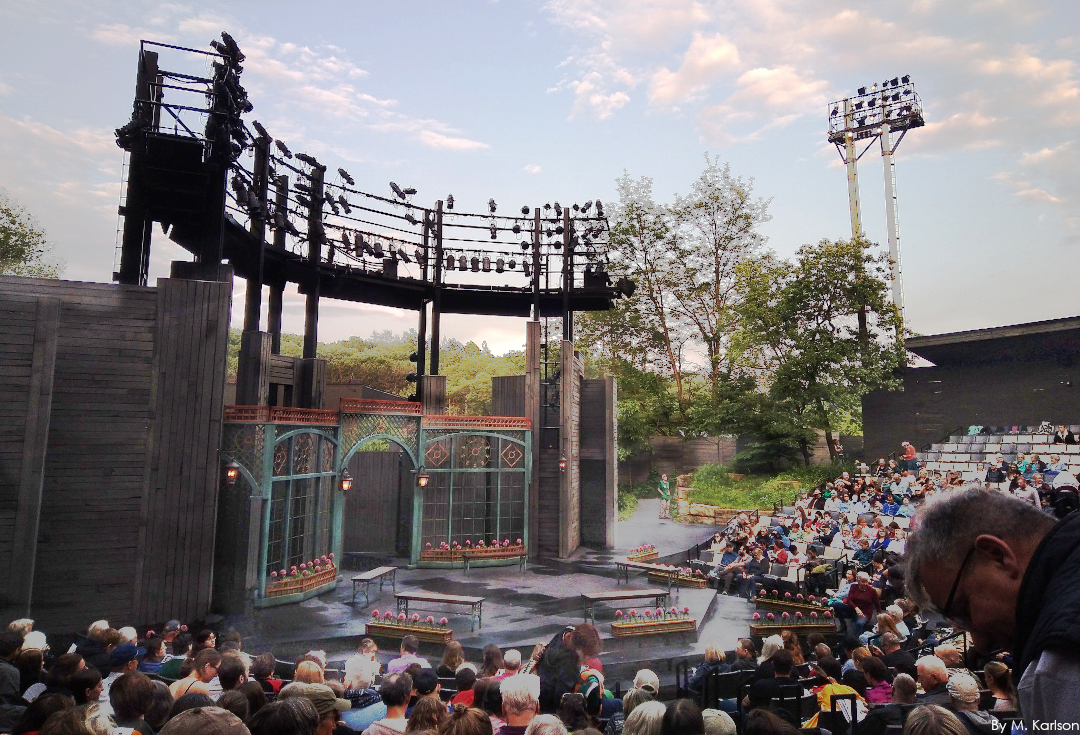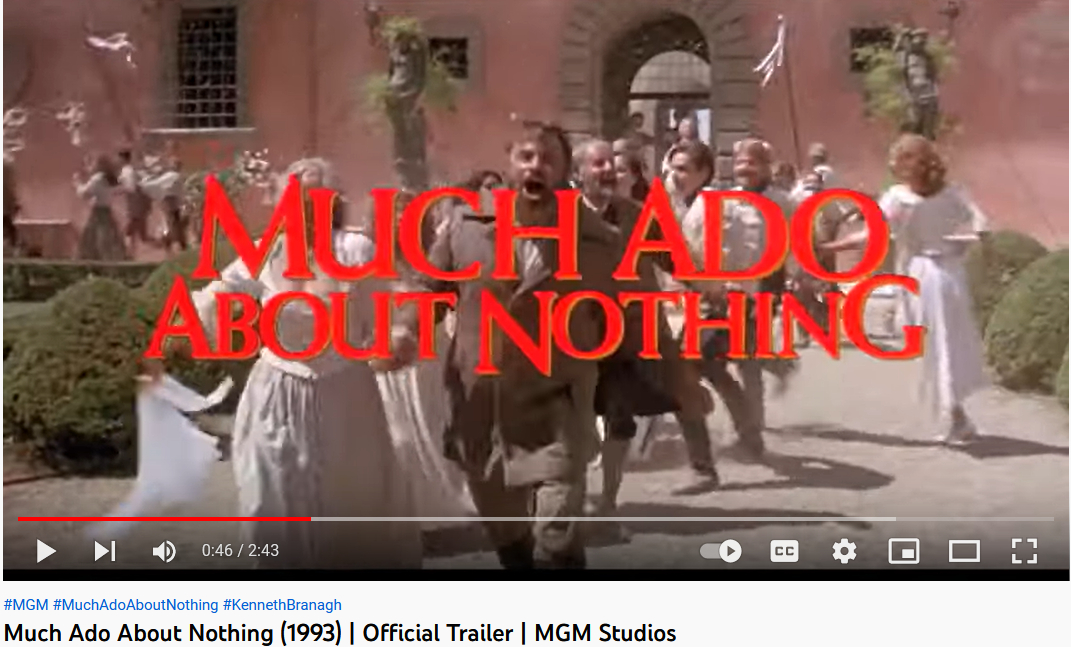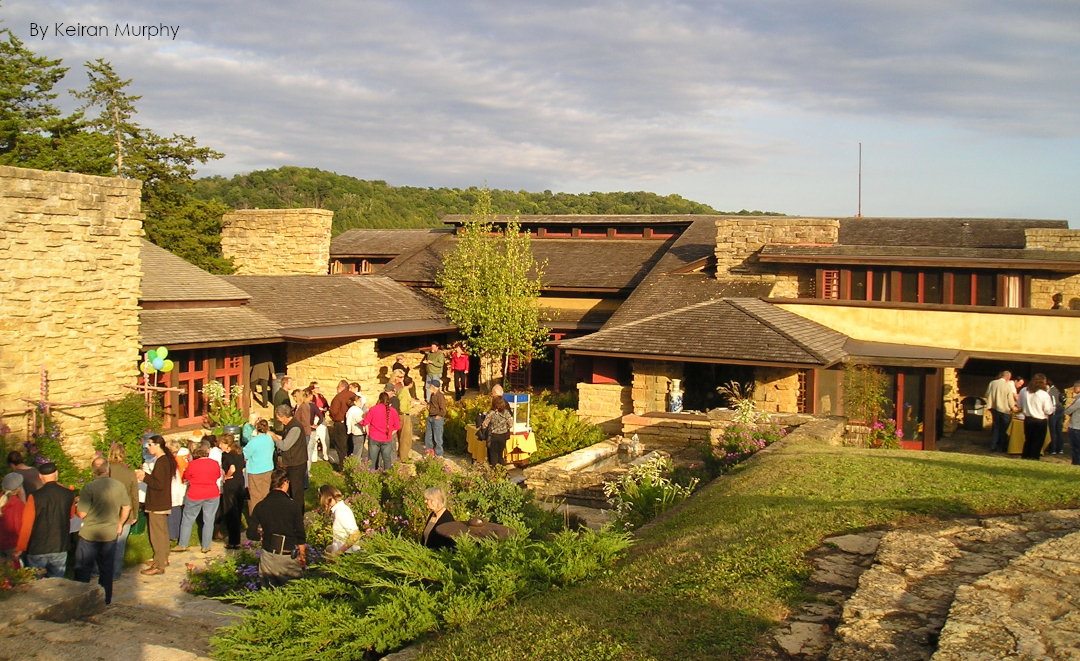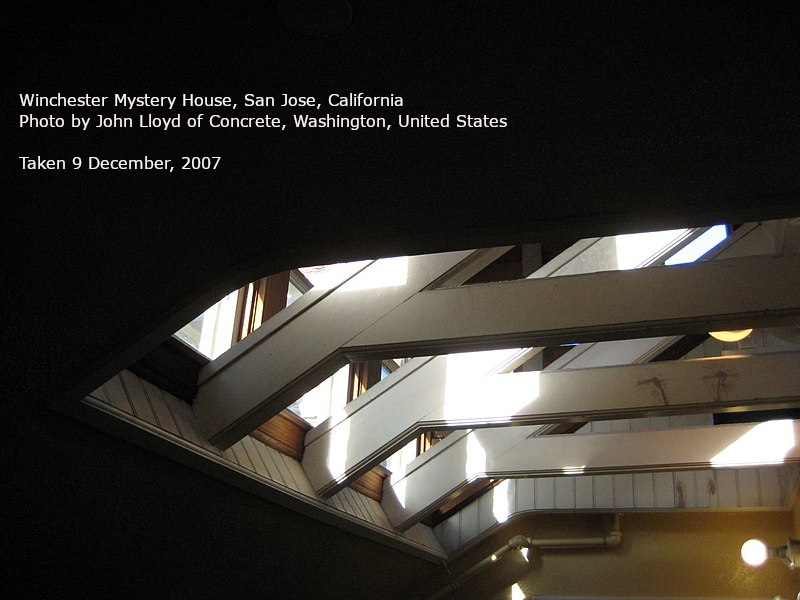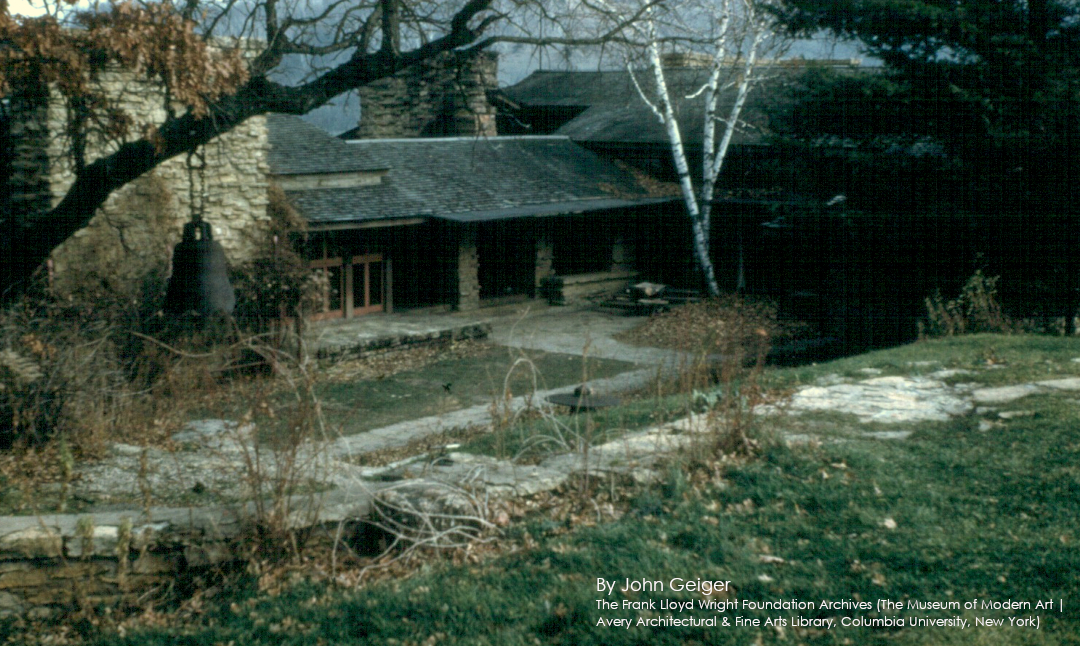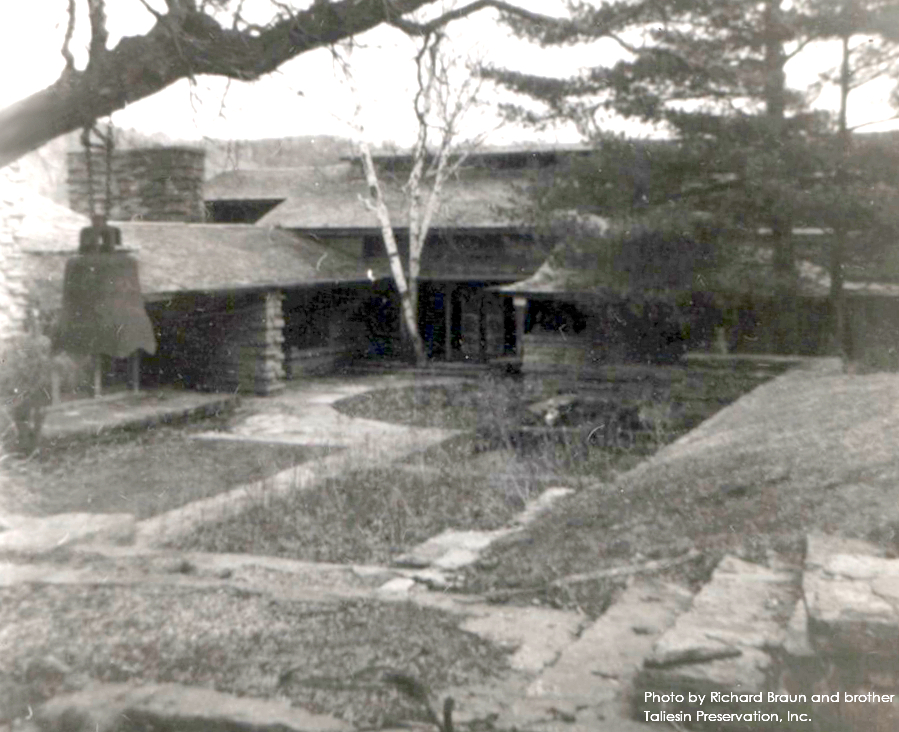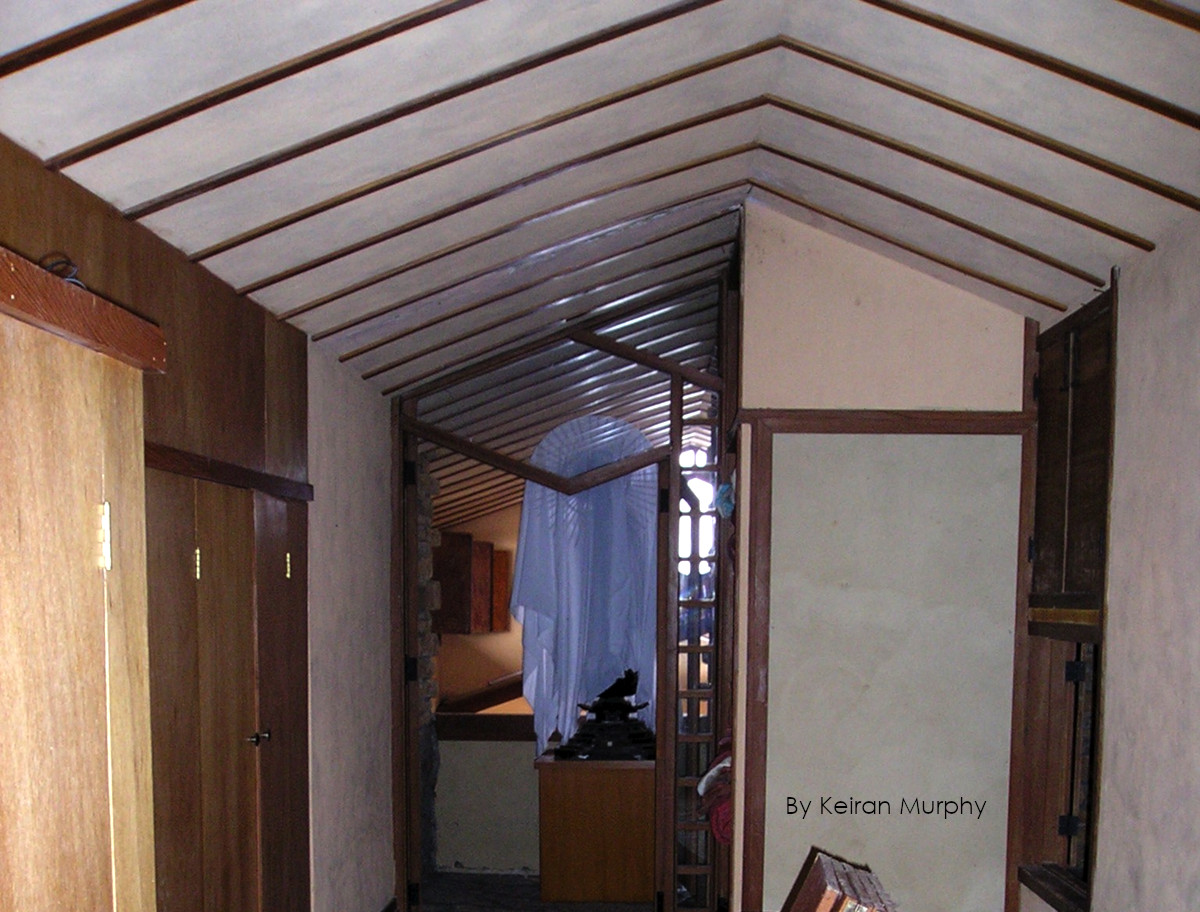I regret that I did not get practice in the field of professional writing while I was in college getting that degree.
I had one great writing teacher who required us to read and critique submissions by our classmates. I still remember Dennis saying that, “you will write nothing worth a damn until you are at least 30 years old.”
Although I went to the same college where the directors of Oscar-winning film, Everything Everywhere All at Once went, so that’s gotta mean something, right?
Yes, I agree it doesn’t mean anything.
But I have a degree from the same school as classmates (and old friends) who have written plays, and/or won awards, and published books. Which puts me into a great collection of people.
But in my post today, I’ll write about another learning experience: when I was a slushpile reader.
In the aughts
I worked for the online magazine, Absinthe Literary Review.
The magazine is on the Wayback Machine,
See – I use that page on the internet archive a lot.
and is also saved at LOCKSS (Lots of Copies Keeps Stuff Safe). That’s good, because cyber-squatting happened to the original “ALR” site. So, ALR is further protected through Preservation by Distribution.
My experiences at ALR made me felt better about my writing abilities…, and also a little bit worse. But I did find some enjoyment through the experience.
Here’s some good things I learned about getting writing rejections:
When someone writes that your submission didn’t work for their publication, it really doesn’t.
When a person says, “It’s just not right for this issue,” sometimes it actually means just that.
When they write that it was a hard choice, they honestly mean it.
The first time I read for ALR
The editors of the magazine gave me 55 entries. Out of these, I was to whittle them down and out of those, send them 5 “hopeful” submissions. With my job of picking one out of 11 entries, I really spent time on some, wondering if they went in the “possible/not possible” pile.
But first, I had to find, in those 55, which were “possible/not possible” that I would send to ALR; and which were, “OMG ABSOLUTELY NOT THAT ONE.”
That’s because some of the writing on these submissions was just, really, bad. Those that I knew, within a page, sometimes in the first paragraph, that this was not a good story.
In that case, I did not waste any of my energy writing the rejection letter. In that case, I just copied and pasted the rejection. Those rejections are the ones that stay with me.
Those in the first paragraph:
Were closely inspired by George Orwell’s novel, 1984.
Where the author intentionally spelled things incorrectly. To either amp up the feeling that this was taking place far in the future, or indicate the narrator’s lack of education.
Or a story, say, with a giant praying mantis, in which I figured out that there was going to be a giant praying mantis from the 2nd page of a 9-page story.
Stories with words we need to retire:
- betwixt
- tresses
- Actually, I hadn’t seen those words in 15 years, at least. But making a list of words to retire might have just been evidence that I was getting cranky.
Or this story
Which began:
“Breath of my breath, keeper of my soul. My angel and my demon. My sacrament and my damnation: Violetta.“
…. I didn’t even know what to think about that one.
Not to be hoity-toity, but that’s a cover version of the beginning of Nabokov’s Lolita.
Still, I tried to give things an honest shake. Sometimes I knew to set things aside so I could look later with fresh eyes. Although the story with the giant praying mantis? No. But I might have put the story with the word “resplendent” away for a little while before coming back to it later.
There were many levels of understanding
on whether to pass the piece back to the editor.
I sent him a .pst file with everything—including my rejections—in case there is some question at a later date from the writer. But the editor only got the complete submission on items I was sending up the chain.
The reason this made me feel worse:
When I read something (even the take-off on 1984) from someone who, in the intro letter, told me that they had previously been published.
Even multiple times!
Re-reading that, after looking at a submission that was, well, terrible, just depressed me. I thought: am I wrong? Am I dumb? Do I not have the wherewithal to submit my writing so that I could be published multiple times?
In the end I decided to just not read the intro letters until after I read the story.
It’s kind of like when I take the snacks off the counter so that I’m not tempted to cheat.
In the end, I divided the pieces sent up the chain into three:
- a piece that I loved
- a piece that might be something good, but I didn’t know whether it was right for the mag or not, and
- almost interchangeable with the 2nd level. It’s sort of an imprecise thing…. More of a feeling.
Although when it was horrendously bad, I kept the example in my brain. Like, worse than the bastardization of Lolita. But something that still makes me laugh.
I am not alone in coming across bad writing. There is, after all, the Bulwar Lytton Fiction contest:
[P]articipants to write an atrocious opening sentence to the worst novel never written. Our whimsical literary competition honors Sir Edward George Bulwer-Lytton, whose 1830 novel Paul Clifford begins with “It was a dark and stormy night.”
In the end, I really wrote this today for 2 selfish reasons.
One reason is that I want to impart this line from one writer’s submission letter. He wrote this to describe the basic plot of his story:
“Daniel falls in love with a robot—a lesbian robot!!!”
I checked, and that line
– even in after the movie, “Her” in which Joaquin Phoenix falls in love with an operating system –
still makes me laugh.
And the second reason I wrote:
I want to give the link to this one piece that I sent “up the chain” at ALR. It’s a short piece written by Nathan Radke, entitled “Dot“.
When I read the piece today and still enjoy it.
I’m proud of that, like I’m proud of that “B+” that Dennis McFarland gave me in the last creative writing class I took from him.
First published March 27, 2023
The photograph at the top of this post is by Henrikke Due and was published here on the site for public domain images, Unsplash.com.


